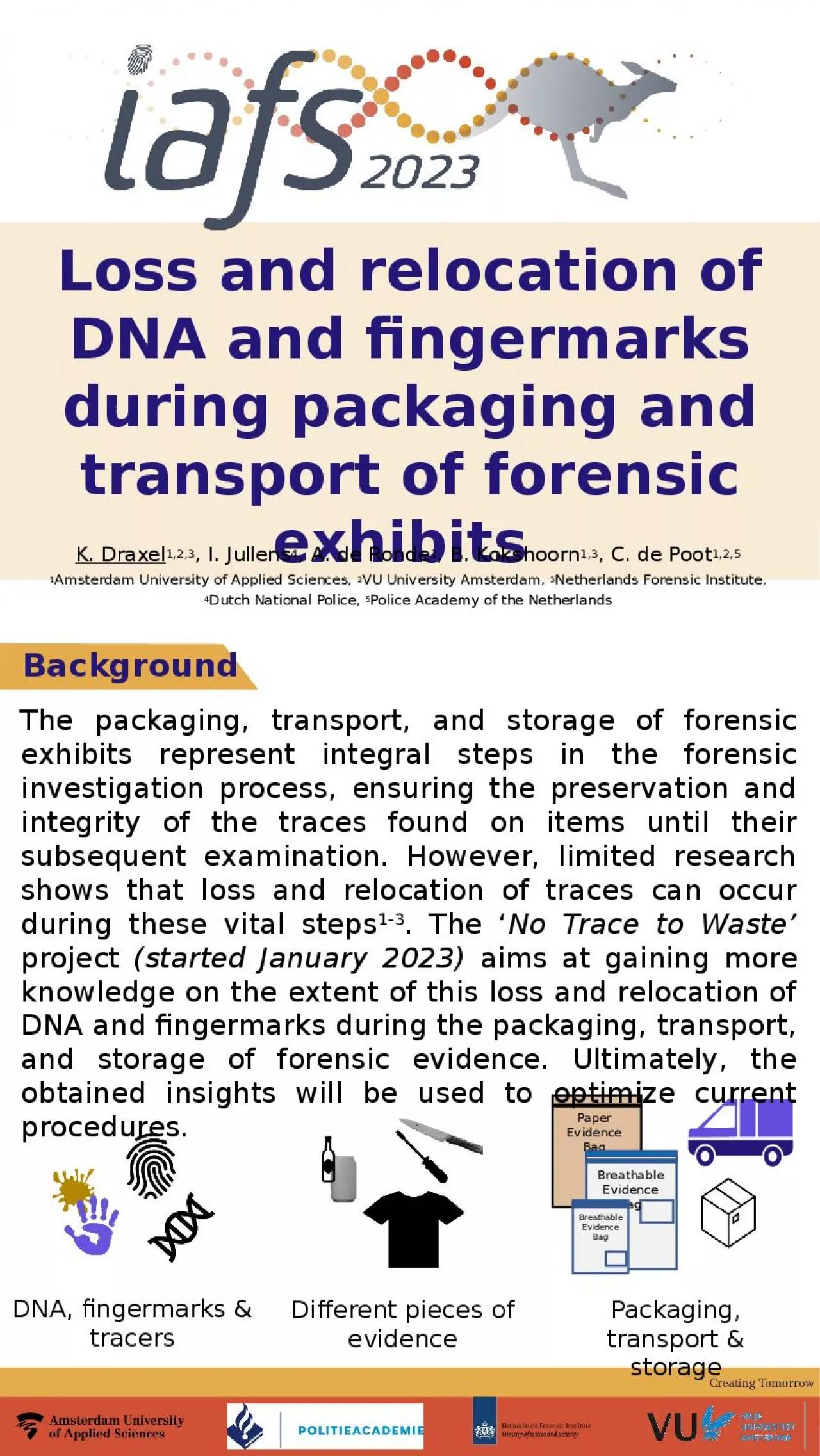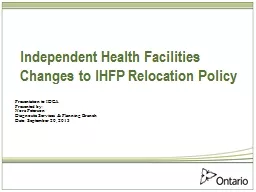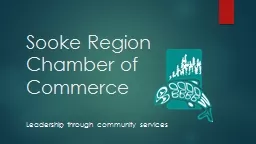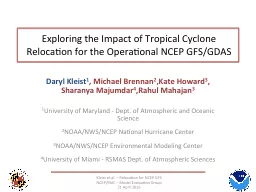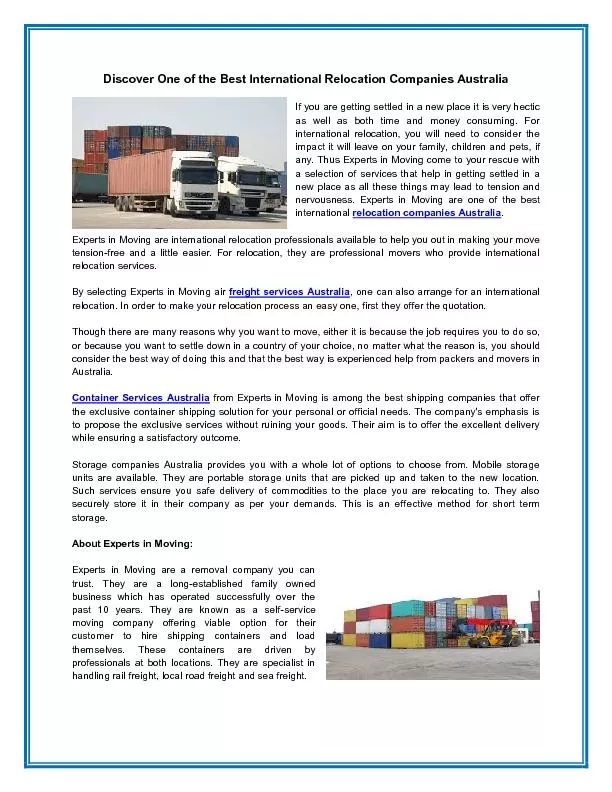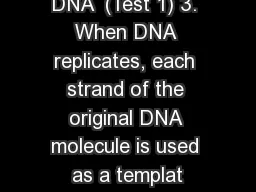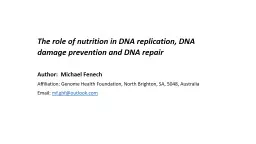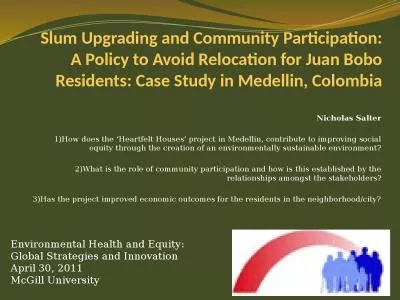PPT-Loss and relocation of DNA and
Author : delilah | Published Date : 2024-02-09
fingermarks during packaging and transport of forensic exhibits K Draxel 123 I Jullens 4 A de Ronde 1 B Kokshoorn 13 C de Poot 125 1 Amsterdam University of
Presentation Embed Code
Download Presentation
Download Presentation The PPT/PDF document "Loss and relocation of DNA and" is the property of its rightful owner. Permission is granted to download and print the materials on this website for personal, non-commercial use only, and to display it on your personal computer provided you do not modify the materials and that you retain all copyright notices contained in the materials. By downloading content from our website, you accept the terms of this agreement.
Loss and relocation of DNA and: Transcript
Download Rules Of Document
"Loss and relocation of DNA and"The content belongs to its owner. You may download and print it for personal use, without modification, and keep all copyright notices. By downloading, you agree to these terms.
Related Documents

